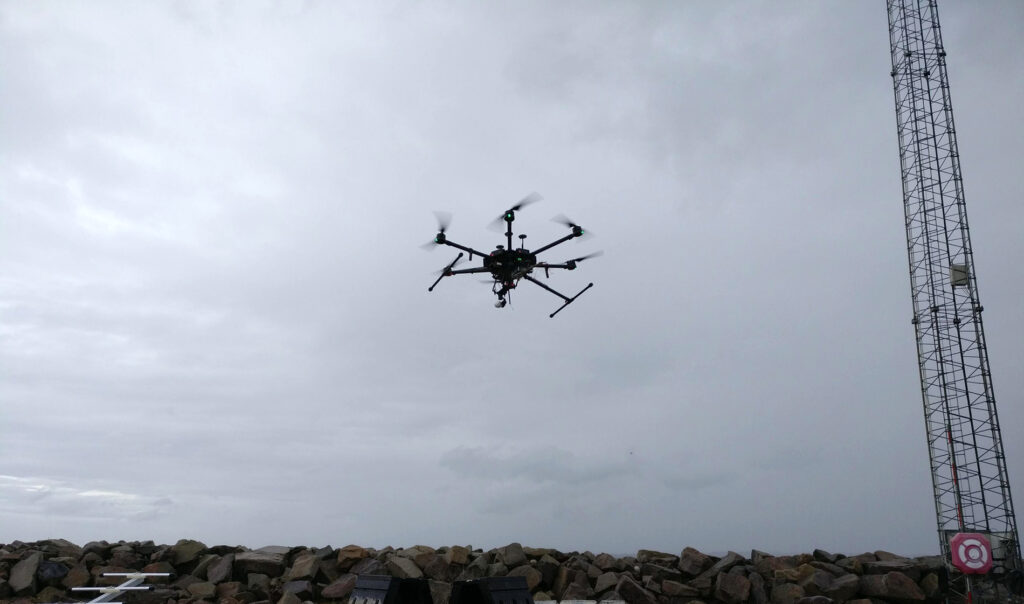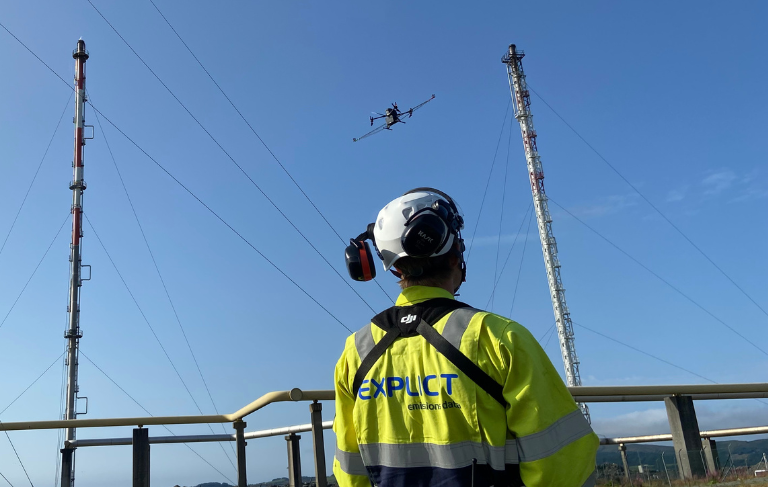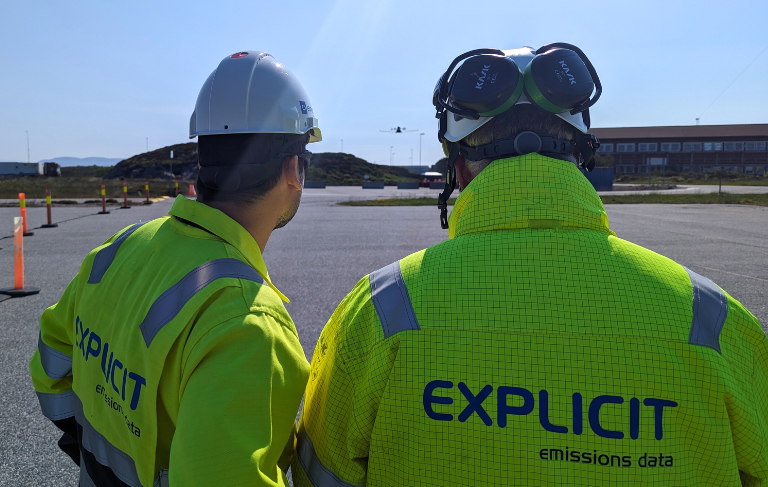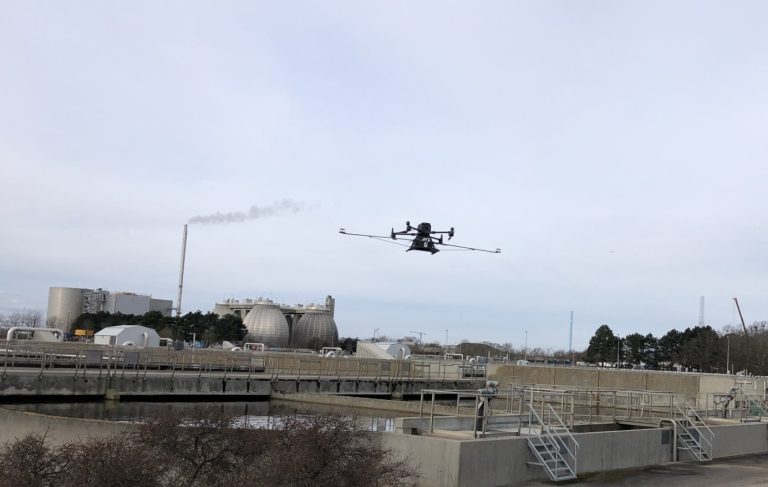A common question in emissions monitoring is: “What’s your measurement uncertainty?” But a far more important—and often overlooked—question to answer is:
“How do you know if your measurements are valid?”
Without verifying the validity of your sample, you’re essentially sampling blind. You might as well be guessing. And yet, even experienced professionals who work with advanced detection technologies and survey methods often overlook this fundamental principle.
The thing is: you cannot express a meaningful measurement uncertainty without first ensuring that your sample is valid.
The role of objective quality parameters
So, how do you determine if your measurements are valid?
You need objective quality parameters – clear criteria to guide your survey and confirm that your data is trustworthy. These parameters help answer critical questions like:
- Have you captured the full emission source, or just parts of it?
- Is the emission you detected actually coming from the target source, or could it be from another adjacent source?
- Is your sample robust enough to produce reliable results, or should it be discarded?
If you’re into the technical details, sample validity is embedded in international standards like ISO 17025, more specifically in clause 7.7.
How we ensures validity in methane emissions monitoring
At Explicit, we’ve been sampling fugitive emissions for over a decade using drone-based technology. Given the challenges of airborne sampling, ensuring sample validity isn’t just a best practice, it’s a necessity.
That’s why we have elaborate quality parameters in place to systematically evaluate measurement validity every time we fly. Drone pilots receive immediate feedback during the survey, allowing them to confirm a valid sample, before moving to the next point of interest.
This approach results in more accurate surveys, more efficient field operations, and more reliable results.
So next time you discuss emissions monitoring, make sure to ask about measurement validity first – before you ask about uncertainty. Because no matter how sophisticated your measurement technique is, it’s only as good as the validity of the data it collects.




